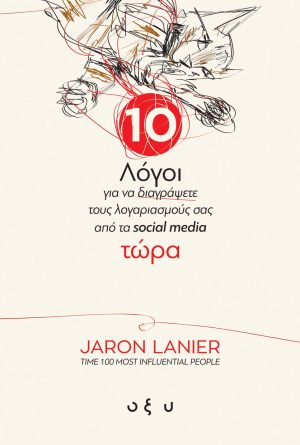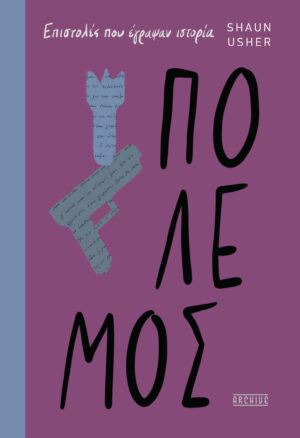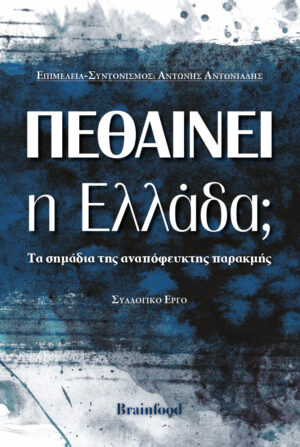“…Tobacco (Nicotiana tabacum) was undoubtedly the most widely used psychoactive plant in the Americas. The antiquity of its use is evidenced by numerous finds, such as pipes and related artefacts, at prehistoric sites. The spread of agriculture from Mexico to the southwestern United States led to the cultivation of tobacco alongside the cultivation of staples such as corn, pumpkins, and beans. Smoking was especially important among the tribes that had inhabited the plains of the Mississippi, Missouri, and Ohio rivers since the first century BC. millennium (also known as the traditional cultures of the Woodlands). stone pipes were found in mounds belonging to the Hopewell culture (100 BC – 200 AD). The Moundcity site excavated in the mid-19th century was particularly rich in such finds. Mound 8 became known as the "Pipe Mound" because about 200 such artifacts were found there. Most of them were carved in the form of animals. Birds (fig. 20), amphibians, and felines were among the most common forms…” “…Most societies used psychoactive substances on religious and non-religious occasions our use, which is almost exclusively non-religious, makes culture us, in some important matters, to be the exception and not the rule. Few societies pursue intoxication in the arbitrary and hedonistic manner that prevails in the modern West. Our acceptance of stimulants such as tea and coffee, which were first used in other cultures in sacred and ritual contexts, has led to the loss of any spiritual significance. Similarly, the development of synthetic preparations such as heroin and cocaine from opium and coca has created a new era in the use of psychotropic substances. The highly addictive nature of such substances often has devastating effects on regular users who, unable to afford to keep their addiction within the bounds of the law, turn to crime, thus creating a huge social problem. The use and abuse of psychoactive substances in our societies is part of a wider societal problem: altered states of consciousness are not seen as having cultural value…” From opium in Paleolithic Europe to snorting benzine and other solvents today, psychotropics substances have always played an important role in all cultures of our planet. In his highly enlightening book "Sacred Intoxicants," anthropologist Richard Rudgley documents the view that the "magic mushrooms" of Siberia, the mysterious soma/haoma plant of India and Iran, and the yahe, peyote, and tobacco of the New World they were always an integral part of religious and social life. He also cites a wealth of evidence that suggests that the altered states of consciousness induced by each substance are shaped by prevailing cultural values, while he explores the close relationship between psychotropics and magic in Europe and reveals the ways in which scientists, artists and poets contributed to their spread in the western world new substances, like mescaline and LSD. In the final chapter of the book, the author explores the social impact of mild stimulants such as coffee, tea, betel, khat, coca, and bran, arguing that their use in any community goes beyond simple hedonistic pursuits and touches upon fields of economics, religion, politics and love. With this work, Richard Rudgley won the British Museum's Prometheus prize in 1991, a strong indication of course that the West, after many centuries.
HOLY DRUNKENNESS
Richard Rudgley
ACID
NON FICTION, ESSAYS - STUDIES15.00 €
Out of stock
Product ID: 1533
ISBN: 960-8068-01-6
| ACTUAL TITLE | Alchemy of Culture: Intoxicants in Society |
|---|---|
| AUTHOR | |
| ISBN | 960-8068-01-6 |
| PAGES | 232 |
Be the first to reviewHOLY DRUNKENNESS" Cancel reply
Related products
For orders over €24.99:
Free shipping!












Reviews
There are no reviews yet.